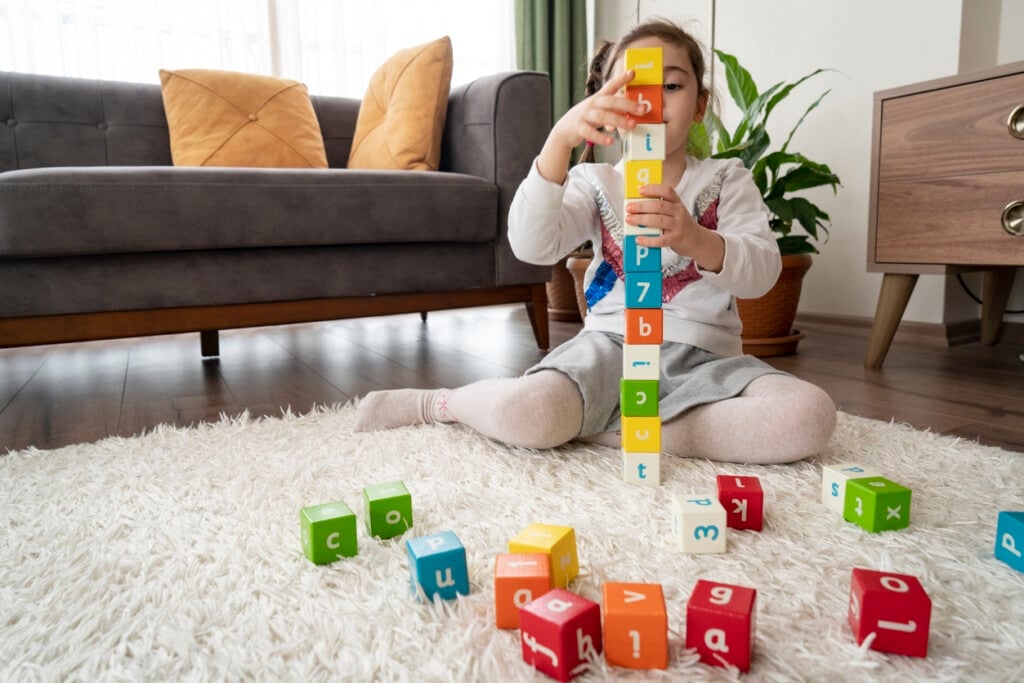Learning sight words can be a helpful step in learning to read. Sight words appear most frequently in text and are often tricky to sound out phonetically. Memorizing these words may be helpful for early readers to become fluent and confident. However, rote memorization can be tedious for young learners. Fortunately, many fun and interactive activities and products can make learning sight words an enjoyable experience.1,2
Engaging activities and products can help children develop a love for reading and create a positive association with learning. When sight word practice is exciting and interactive, it may help children to focus, improve their memory retention, and develop a deeper understanding of the words they are learning. Incorporating some of these fun activities and products into your child’s daily routine can make a big difference in their reading development. This article explores some of the best ways to make learning fun and interactive.3
How to Make Learning Sight Words Fun and Interactive
1. Scavenger Hunt
Hide word flashcards or word objects around the room or outdoor area and have children search for them. When they find a word, they can read it aloud and use it in a sentence. This activity makes learning sight words exciting and encourages movement and active engagement.
2. Word Bingo
Create a bingo card with sight words randomly arranged in the boxes. Call out words and have children cover the corresponding word on their cards with a marker. This activity is an excellent way to reinforce sight word recognition and help children develop their listening skills.
3. Sight Word Memory
Create a set of matching cards with sight words written on them. Shuffle the cards and lay them face down. Children take turns flipping over two cards, trying to find a match. When they find a match, they read the word aloud and use it in a sentence. This activity helps with memorization and develops concentration and cognitive skills.
4. Word Apps
Many apps use games and interactive features to help children learn sight words. Some popular examples include Sight Words Ninja, Sight Words Flashcards, and Sight Words Hangman. These apps are a fun and engaging way for children to practice their sight words independently.
5. Sight Word Art
Encourage children to create art using sight words. Provide them with paint, markers, or crayons, and have them write sight words in large letters on paper. Then, they can decorate the words with drawings or designs. This activity allows children to express themselves creatively.
6. Sight Word Hopscotch
Create a hopscotch board with sight words written in each square. Children can hop on the words as they read them aloud. This activity promotes physical activity and gross motor skills.
7. Word Karaoke
Create a playlist of songs incorporating words and have children sing along. For example, the classic children’s song “Old MacDonald” can be modified to include words such as “the” and “and.” This activity is fun to reinforce sight word recognition and develop language skills.
8. Charades
Write words on small pieces of paper and put them in a hat. Children take turns picking a word and acting it out without speaking while the other players guess it. This activity promotes creative thinking and communication skills while also reinforcing word recognition.
9. Word Puzzles
Create puzzles with words written on them. Children can put the puzzles together while reading the words aloud. This activity helps with memorization and fine motor skills.
10. Theater or Skit
Have children create a play or skit that incorporates words. They can write a script, design costumes, and perform for an audience. This activity encourages creativity, public speaking, and sight word recognition.
Products for Learning Sight Words
1. Sight Word Stomp!
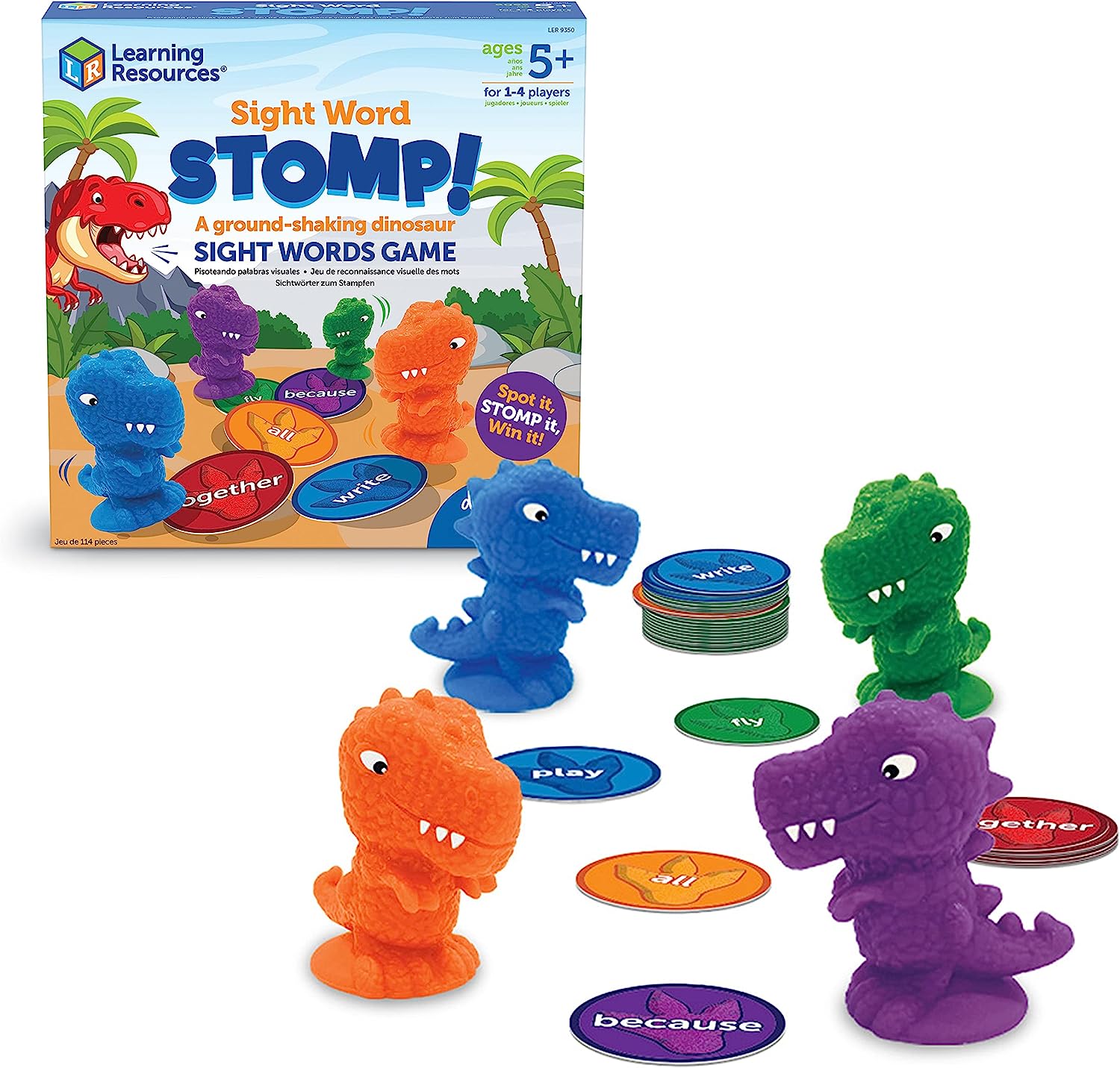
This fun and interactive game helps children learn and practice their sight words. The game involves placing word cards on the floor and having children stomp on the word the other person calls out, reinforcing their recognition of the word. The game can be modified to meet the needs of different children, allowing parents to adjust the difficulty level based on their child’s abilities. Parents can also use different words or themes to keep the game fresh and engaging. Sight Word Stomp! promotes physical activity and movement, which can help children stay focused and engaged in learning.
2. Learning Resources Sight Word Swat
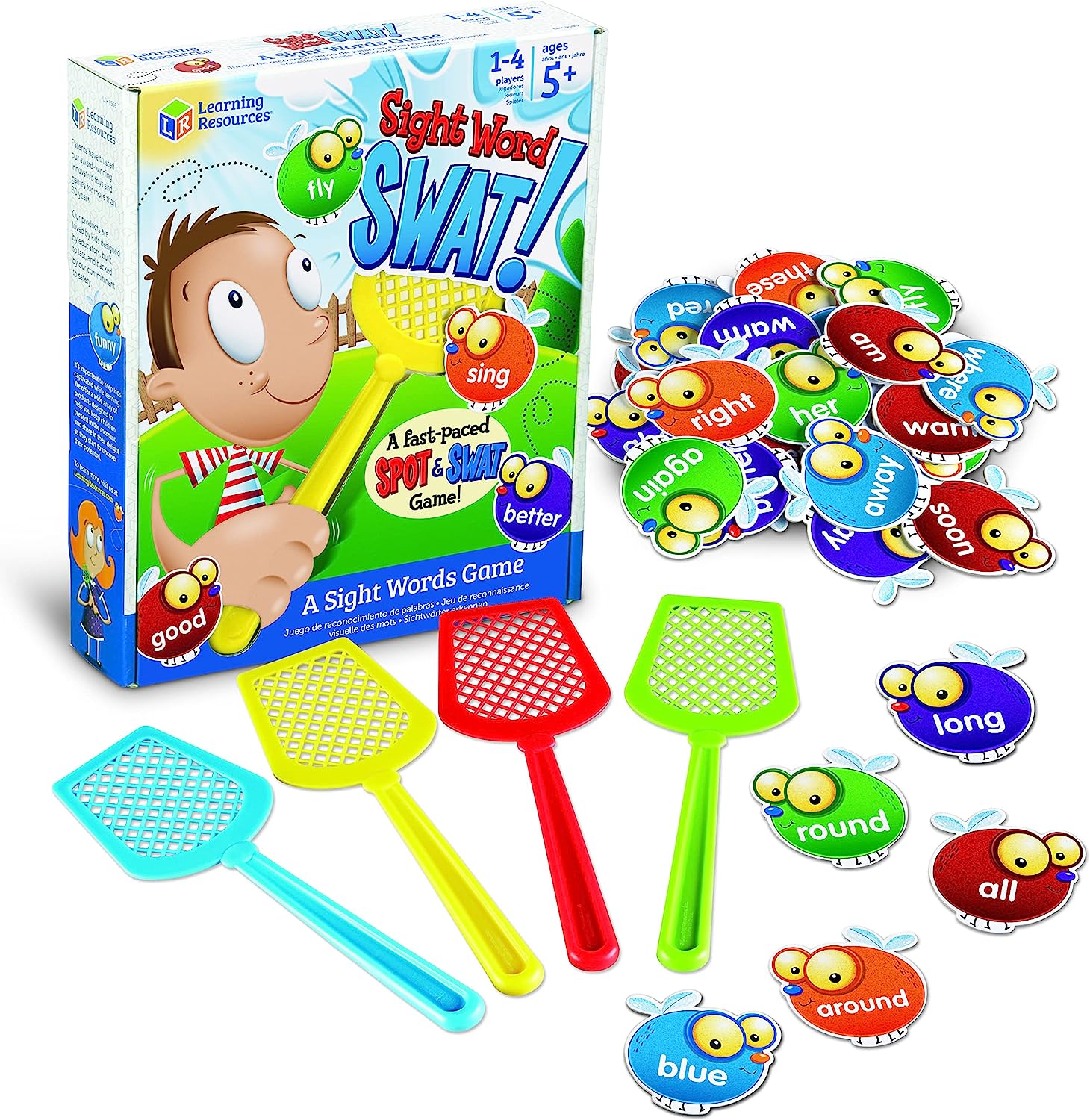
This game involves identifying and swatting a word with a fly swatter that matches the word called out during play. The game promotes active learning and encourages children to stay engaged in the learning process. Sight Word Swat can be used for individual practice or group activity, promoting collaboration and teamwork. The game can be customized to meet the needs of different learners, making it an effective tool for differentiated instruction.
3. Coogam Wooden Magnetic Fishing Game
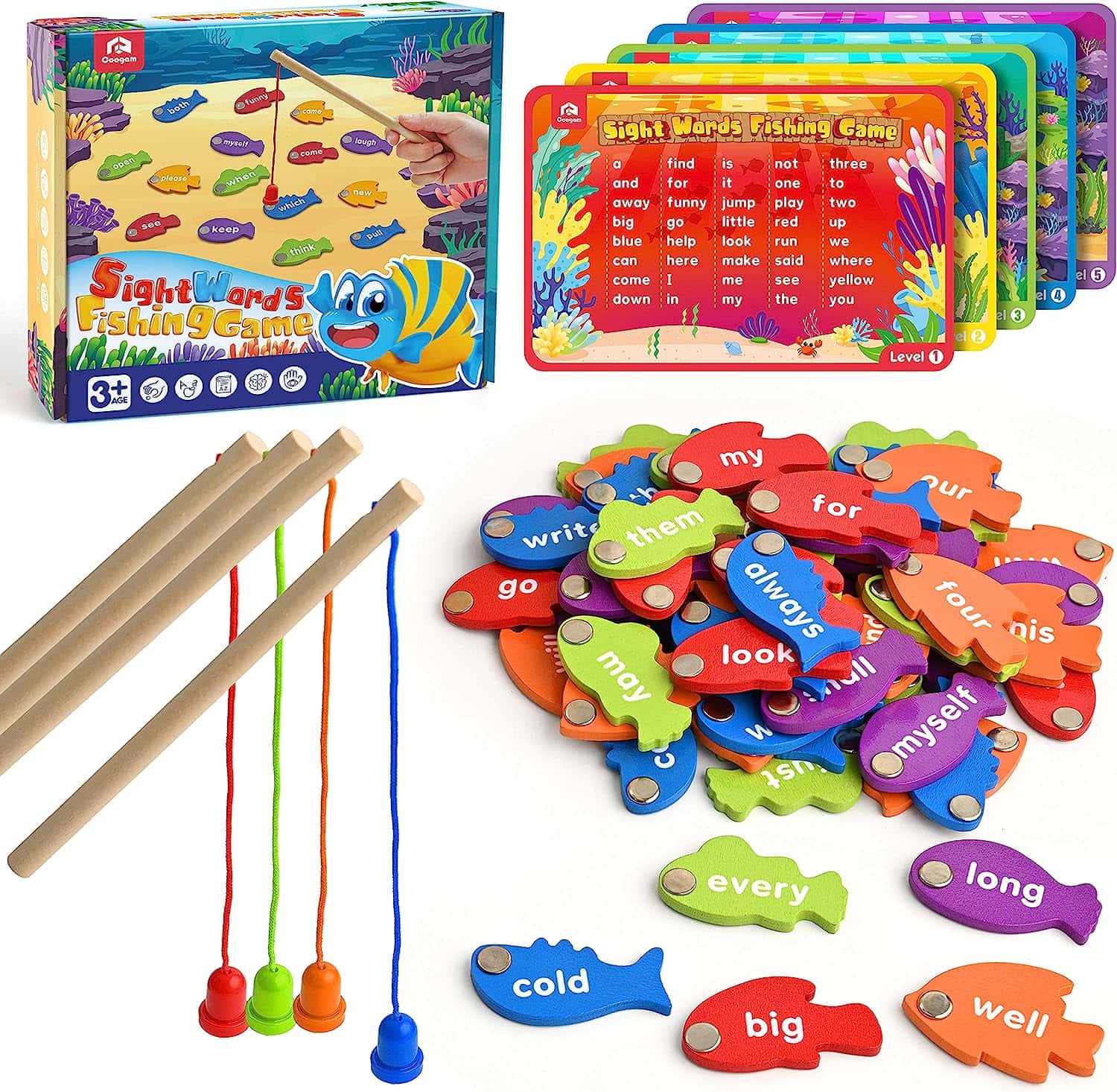
The game involves fishing for words using a magnetic fishing rod and then using the words to create sentences or phrases. This hands-on activity provides a fun and immersive learning experience, helping to reinforce word recognition and improve reading fluency. The game is easy to set up and can be played individually or with a group of children.
4. Learning Resources Pop for Sight Words Game
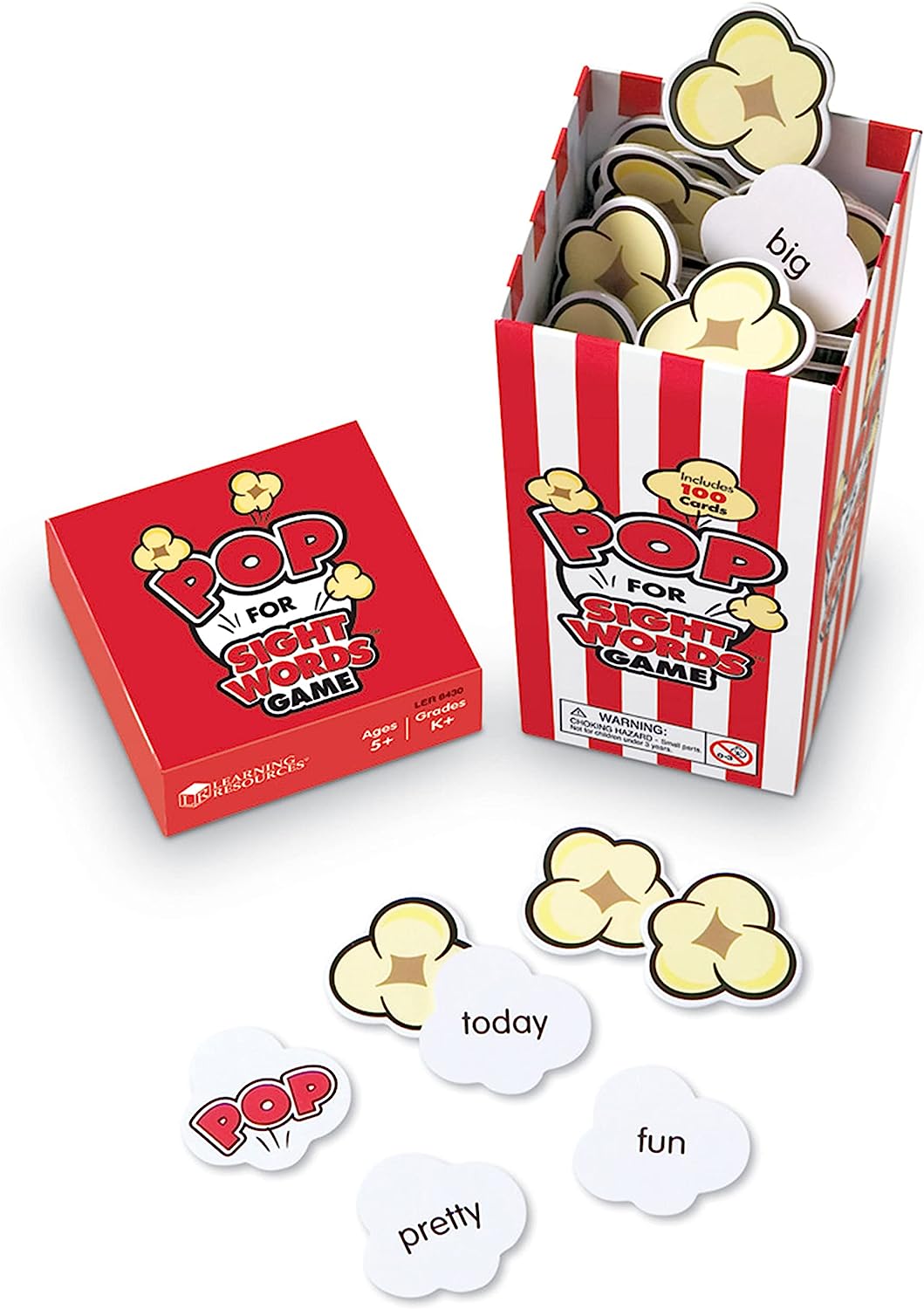
Children play this game by identifying and popping words on popcorn pieces, which helps to reinforce word recognition and improve reading fluency. The game can be played individually or with a group and encourages active engagement with the learning process, promoting the development of problem-solving and critical-thinking skills.
5. The Yak Pack
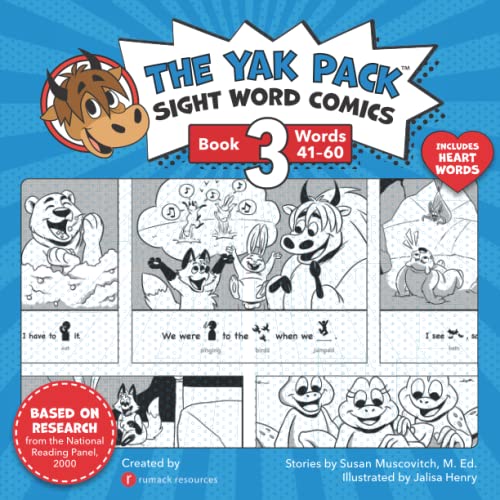
These comic books feature colorful illustrations and simple sentences that incorporate high-frequency words. As children read through the stories, they are exposed to words in context and can develop their reading comprehension skills. The comic book format is appealing to children and can help them develop a love for reading. The Yak Pack: Sight Word Comic Books are an excellent resource for parents who want to make learning an enjoyable experience.
6. Wild Word Safari Game
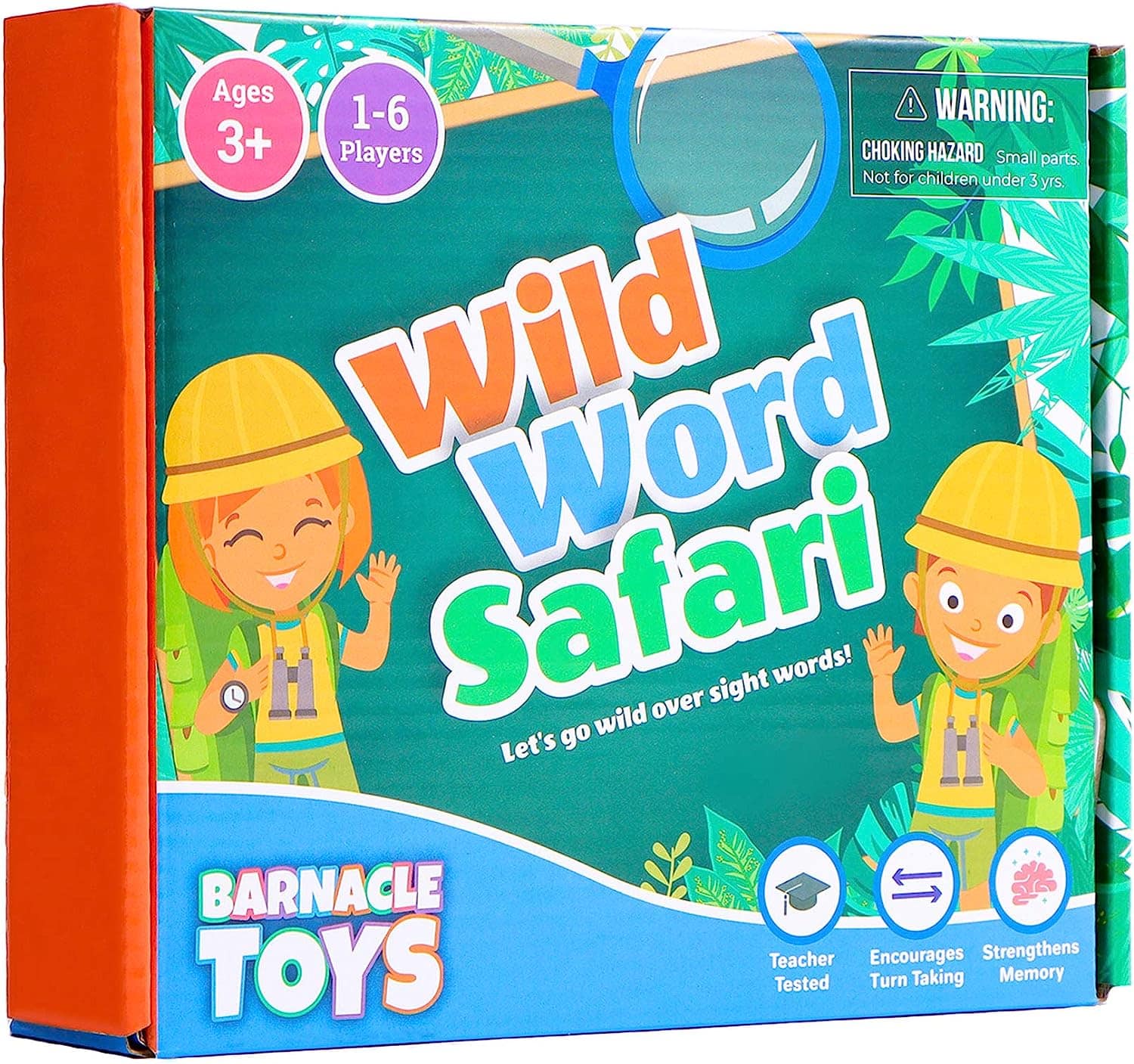
In this game, players roll a die and move their game piece across the board, collecting word cards along the way. When a player lands on a special space, they must act out the word or use it in a sentence. This game reinforces word recognition and develops language skills and creativity. Wild Word Safari is an excellent way for parents and educators to make learning sight words a fun and interactive experience.
7. Hand2mind Reading Rods
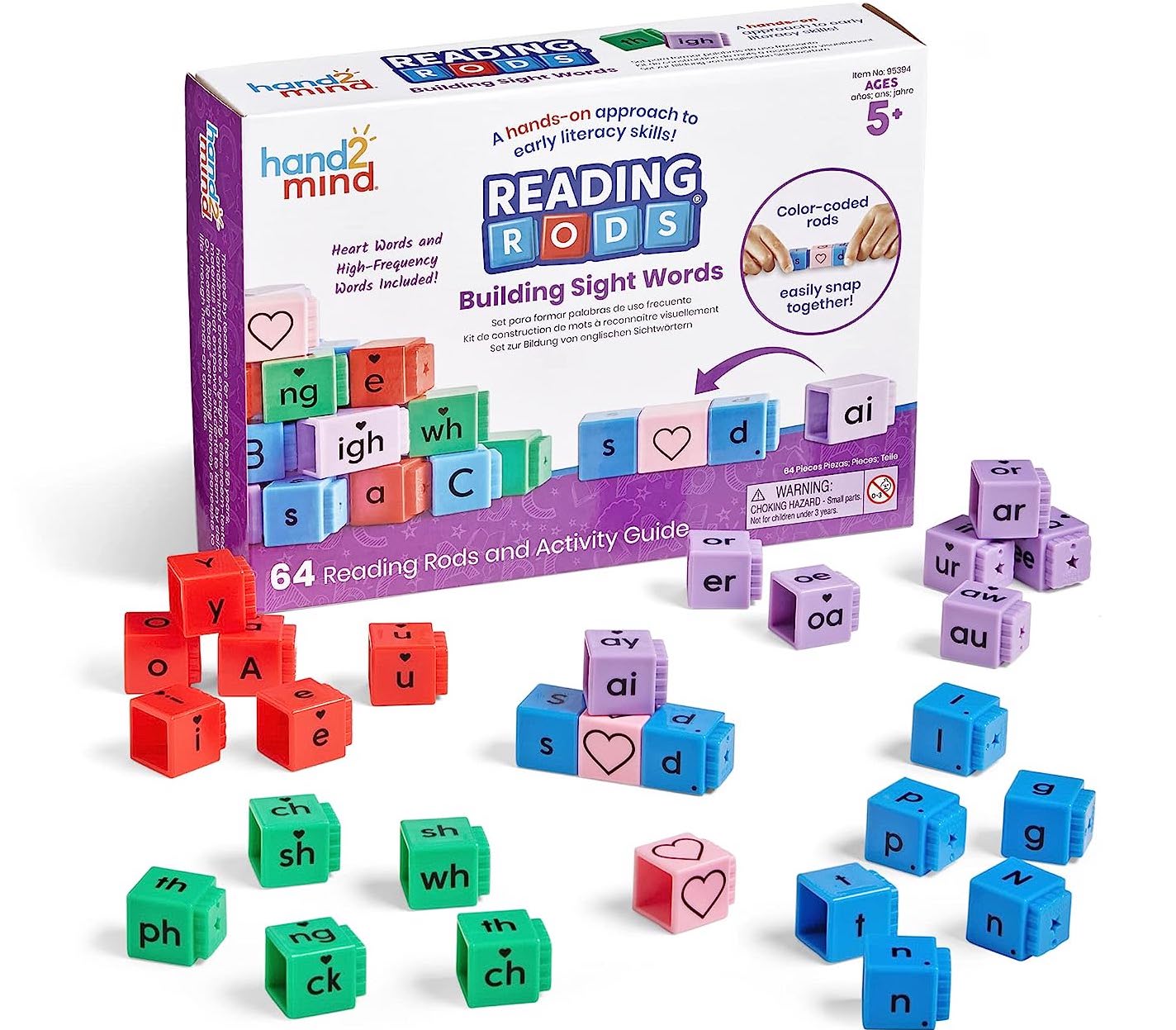
Hand2mind Reading Rods is a hands-on tool that helps children practice their sight words tactilely. These rods are color-coded and feature printed words that can be connected to build sentences. Children can manipulate the rods to create different sentences and see how changing a word can alter the meaning of a sentence. This activity reinforces word recognition and develops language skills and critical thinking.
Incorporating fun and interactive activities and resources, such as scavenger hunts, bingo, memory games, apps, and art projects, can make learning an enjoyable experience for children. By providing various engaging activities, parents and educators can help children develop a love for reading and learning while reinforcing their word recognition and language skills. Making learning fun makes children more likely to stay motivated and engaged in their education, leading to greater success in their academic journey.













